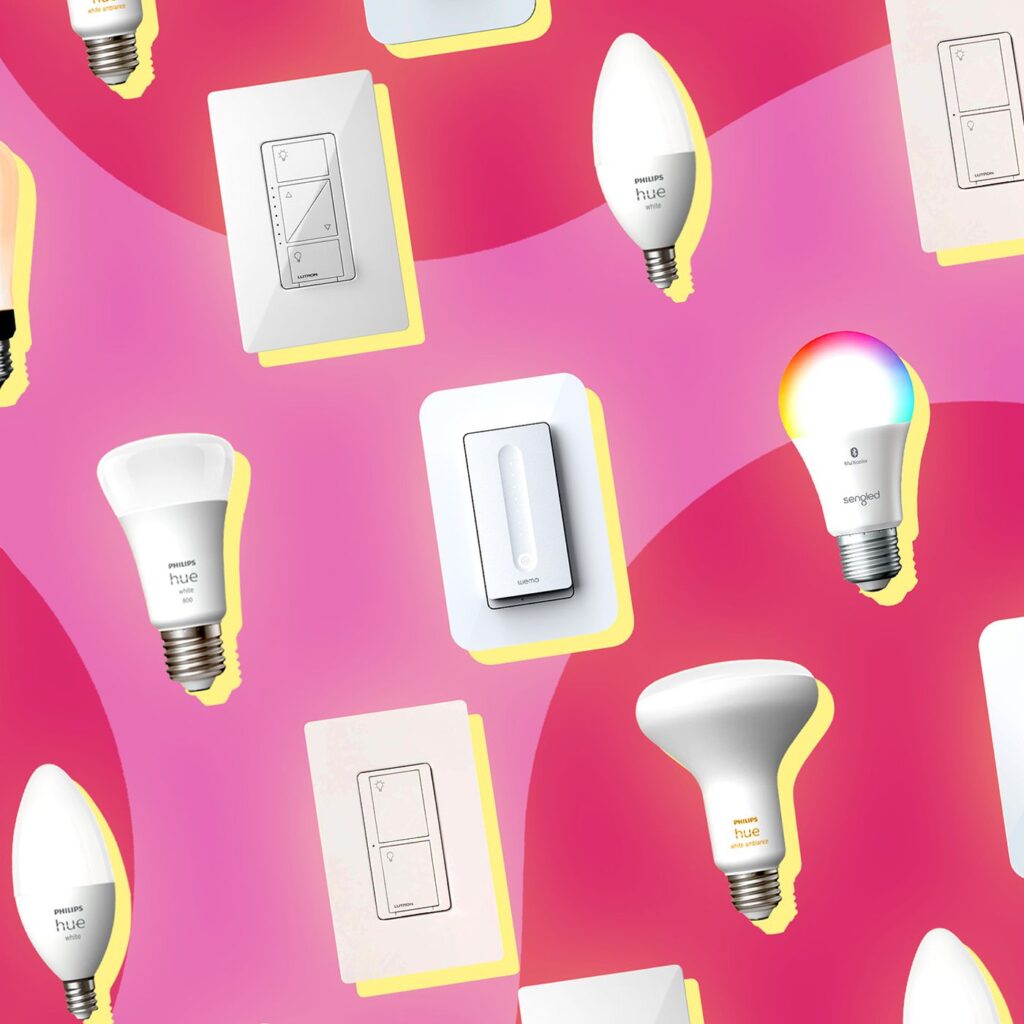How to Pick the Best Light Bulb for Every Room: Illuminate with Confidence
To choose the best light bulb for each room, consider factors such as the room’s function, desired ambiance, and energy efficiency. Simply match the bulb’s brightness, color temperature, and type to create the ideal lighting environment. Lighting plays a crucial role in setting the mood and functionality of a room. Whether you want a bright, energizing light for a workspace or a warm, cozy glow for a bedroom, selecting the right light bulb can make all the difference. Understanding the different types of light bulbs available and their specific qualities will help you make an informed decision. In this guide, we will explore how to pick the best light bulb for every room in your home. So, let’s shed some light on lighting choices! Trying Out Different Bulb Types And Experimenting With Lighting Designs Discover the perfect light bulb for every room by trying out different bulb types and experimenting with lighting designs. Enhance the ambience and functionality of your space with this insightful guide. Choosing the right light bulbs for your home is not just about finding the right wattage or the most energy-efficient option. It’s also an opportunity to experiment with different bulb types and lighting designs to create the perfect ambiance in every room. By being mindful of the bulb types and lighting designs you choose, you can transform your living spaces into personalized havens that cater to your specific needs and preferences. Creating The Perfect Mood With Bulb Types When it comes to selecting the best light bulb for a room, it’s essential to consider the mood you want to create. Different bulb types can significantly impact the ambiance and atmosphere of a space. Here are a few popular bulb types and their unique qualities: Bulb Type Characteristics Ideal Rooms Incandescent Warm, soft glow with excellent color rendering Living rooms, bedrooms, dining areas LED Energy-efficient, long-lasting, versatile All rooms Halogen Crisp, white light with precise beam control Kitchens, bathrooms, task-oriented spaces Fluorescent Energy-saving, cool light Garages, basements, laundry rooms To create a warm and cozy atmosphere, consider using incandescent bulbs in your living rooms and bedrooms. Their warm glow enhances relaxation and comfort. LED bulbs are versatile options suitable for all rooms, offering energy-efficiency and durability. For kitchens and bathrooms, halogen bulbs provide crisp, white light for tasks and aesthetic appeal. Fluorescent bulbs, on the other hand, are energy-saving choices for areas where bright, cool lighting is required, such as garages and basements. Designing With Lighting While selecting the right bulb is crucial, developing a well-thought lighting design is equally important. Here are a few tips to help you experiment with lighting designs: Layer your lighting: Consider a combination of ambient, task, and accent lighting to create depth and dimension in your rooms. This layered approach provides flexibility for different activities and moods. Use dimmers: Installing dimmer switches allows you to adjust the brightness and intensity of the light according to your needs and preferences. It adds versatility and ambiance to any space. Highlight architectural features: Incorporate directional lighting or spotlights to accentuate architectural elements, artwork, or focal points within a room. This helps to draw attention to specific areas and adds visual interest. Experiment with color temperature: Different light sources have varying color temperatures. Try combining warm and cool light to create contrast and add visual interest to your rooms. For instance, mix warm incandescent lighting with cool LED strips for an intriguing atmosphere. Consider task lighting: Think about the specific activities that take place in each room and incorporate task lighting accordingly. This could include desk lamps for study areas or under-cabinet lighting for the kitchen countertop. By trying out different bulb types and experimenting with lighting designs, you can create a truly customized lighting scheme for every room in your home. Remember, the right light can transform a space, evoke certain moods, and enhance the functionality of the room. So go ahead, let your creativity shine and illuminate your living spaces with unique and captivating lighting designs. Credit: www.amazon.com Frequently Asked Questions On How To Pick The Best Light Bulb For Every Room How Do I Choose The Right Light Bulb For My Bedroom? Choose a light bulb for your bedroom based on the desired ambiance and the tasks you perform in the room. What Type Of Light Bulb Is Best For A Living Room? For a cozy living room, opt for warm white LED bulbs with a color temperature between 2700K and 3000K. Which Light Bulb Is Suitable For A Kitchen? In the kitchen, choose bright LED bulbs with a color temperature of 3500K to 4500K to provide ample light for cooking and food preparation. What Kind Of Light Bulb Works Well In A Bathroom? For bathrooms, select LED bulbs with a color temperature of 4000K to 5000K to mimic natural daylight and provide optimal lighting for grooming tasks. Which Light Bulb Is Recommended For A Home Office? For a productive home office, use daylight or cool white LED bulbs with a color temperature of 5000K to 6500K to enhance focus and concentration. Conclusion To ensure optimal lighting in your home, it is crucial to choose the right light bulbs for each room. By considering factors such as brightness, color temperature, and energy efficiency, you can create a comfortable and inviting atmosphere. Remember to assess the specific needs of each space and select bulbs accordingly. Whether it’s a warm and cozy bedroom or a bright and focused office, the right light bulb can make all the difference in transforming your space into a haven of comfort and productivity.
How to Pick the Best Light Bulb for Every Room: Illuminate with Confidence Read More »










